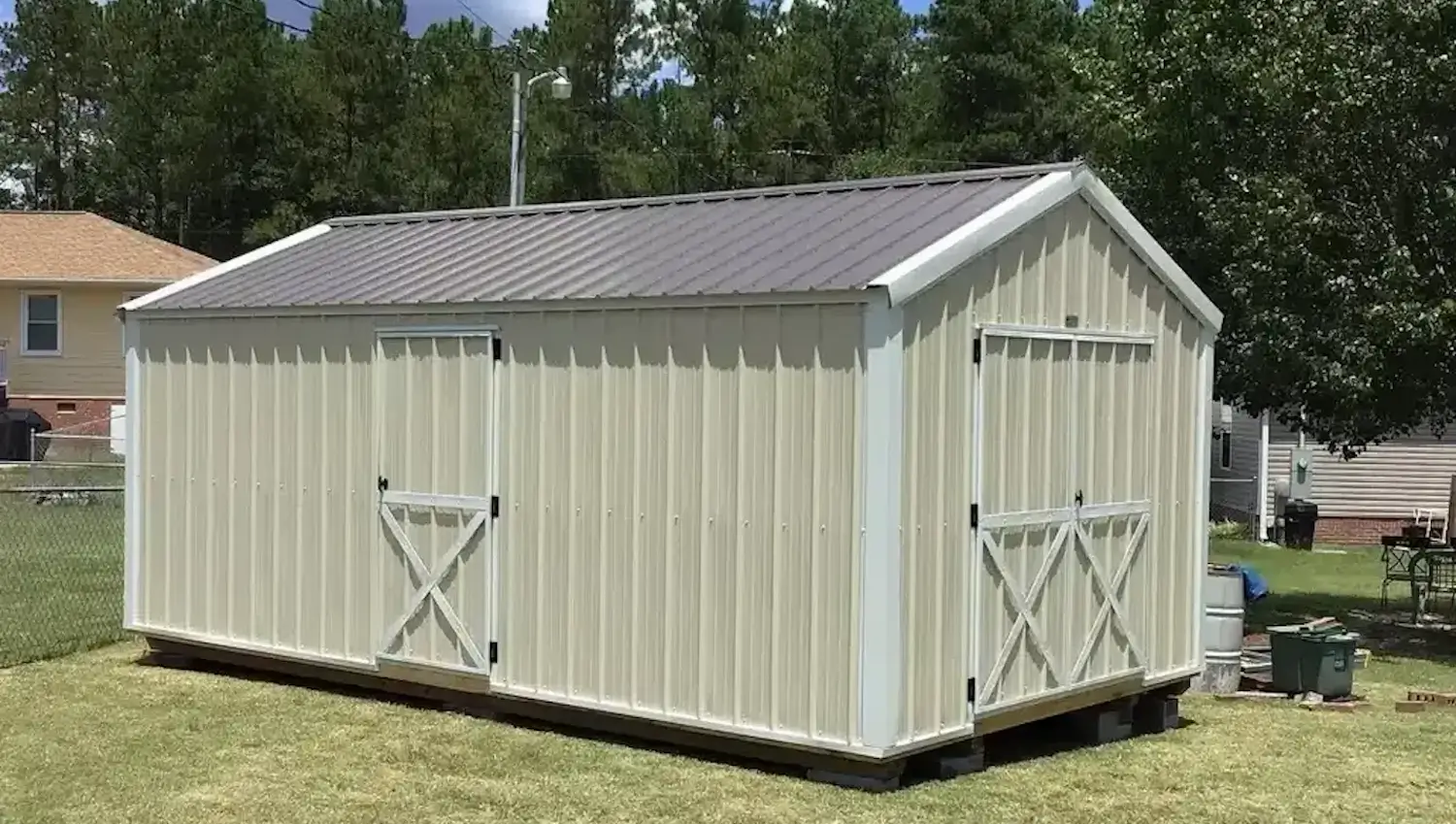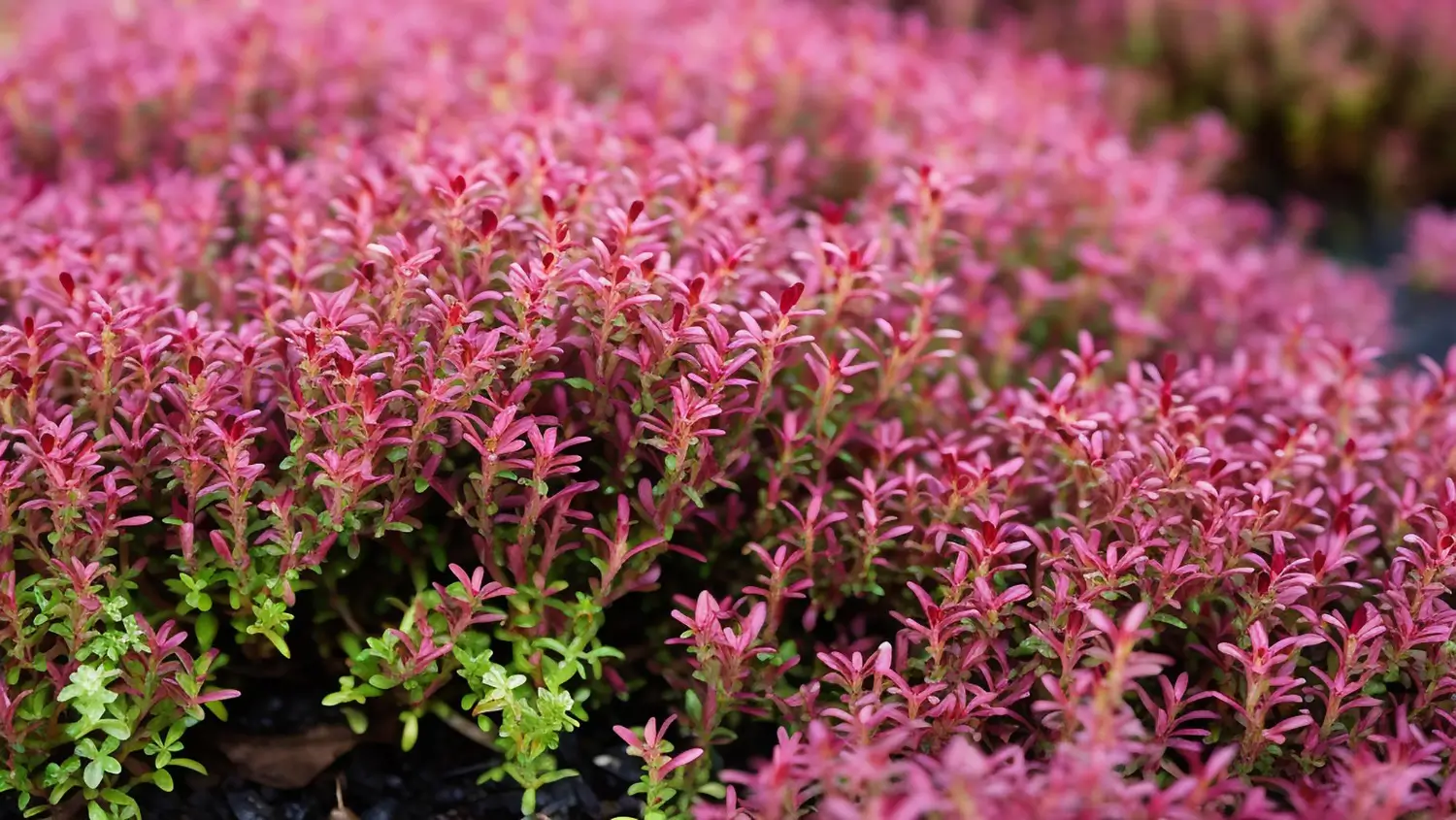
August 24, 2025

Of all the fabulous plants we utilize for the garden, groundcovers have got to be one of the best. And they’re darned good characters for soil, weed repression and texture in the landscape.
Creeping thyme is a fragrant evergreen that flowers with small, colorful blossoms. Common Grass: Short, thick mat of ground, not like any ordinary grass at all. It has small green leaves that make a great carpet to walk on, and the flowers are pea-like when in flower, in shades of pink, purple or white. Due to its lovely appearance, it’s well-liked for walkways, rock gardens, and for growing between stepping stones.
Growcycle has some helpful posts that talk about growing herbs, including thyme. These guides will also provide information on selecting the right variety and growth habits and soil preparation, something to consider when planting creeping thyme.
Creeping thyme is an evergreen perennial creeping type of thyme that is commonly grown in Europe, North Africa, and some parts of Asia. Throughout the centuries, it’s managed to travel to different places because it’s so hardy and has a lot of applications in landscaping, herbal medicine, cooking, and so on.
As trade routes extended, thyme was dispersed across Europe and Asia, and eventually to North America with settlers. It eventually escaped and has been naturalised as a garden escape, principally for its hardiness, drought resistance, and its ability to bind the soil. Nowadays, creeping thyme is found in all gardens, rockeries, and between tiled paths as an ornamental, as well as being used to hinder the growth of pests.
Creeping thyme is a low-growing, perennial herb from the Lamiaceae (mint) family. It is closely related to common thyme (Thymus vulgaris) but differs in its growth habit and primary use as a groundcover plant rather than a culinary herb.
Creeping thyme is a versatile plant with many advantages, making it a popular choice for gardeners and landscapers. It offers both practical and aesthetic benefits, from erosion control to fragrant blooms.
This tough little succulent is easy-care when its growing conditions are right. To grow healthily, it requires good soil, sunlight, water, and nourishment.
Creeping thyme grows best in light, sandy, or loamy soil that is well-drained. Clay soil, rocky soil, or other heavy, compacted soil will retain too much moisture and can lead to root rot and stunted growth. Heavy soil can be made loose by the addition of materials, such as sand, gravel, or organic matter, that encourage good drainage.
It prefers soil with a pH of 6.0 to 8.0. It cannot survive on soil alone, however (it needs a well-draining environment more than it requires the correct pH soil).
In order to thrive, creeping thyme requires full sun, at the very least a good 6-8 hours of direct sunshine each day. It will also tolerate partial shade, but will grow less quickly and with fewer blooms. A tough little plant, it's suited to hot and cold climates and grows well in USDA Hardiness Zones 4 to 9. It is frost hardy and cold-loving, and for the coldest areas or super-snowy winters, a bit of mulch to protect the roots would be good.
Ground cover thymes are also heat resistant and are a great plant for hot, dry areas. On the other hand, you also don’t want the roots to dry out in periods of extreme heat, she said, so you might give them slightly more frequent watering.
Creeping thyme has one other edge over other ground covers--it is drought-tolerant. It becomes a low-watering plant after rooting, and water shall be given after the soil is dry. Waterlogged roots can kill the plant, so you want your passion flower growing in soil that drains well, so excess water doesn't accumulate.
The second has low nutrient requirements and doesn’t need as much feeding. Give a light feeding of compost or a balanced, low-nitrogen fertilizer in early spring to promote healthy growth. But excessive fertilizer can produce jungly growth with fewer blossoms. Regular touch-up with organic matter, such as compost, can improve soil quality, but creeping thyme does not require rich soil to thrive.
Creeping thyme is a versatile, hardy groundcover that can be established using different planting methods. The right method depends on the gardener’s preference, time, and growing conditions. With proper planting techniques and aftercare, creeping thyme can spread efficiently and create a dense, fragrant carpet in the garden.
Creeping thyme is available as plants or seeds at the nursery. Seed sowing is a frugal choice, yet you must possess patience since seeds need a while to germinate and grow. Nursery plants or cuttings should be used for a faster outcome.
Space out your plants when planting so they have room to spread as they grow, and you get good ground coverage. If you are using the creeping thyme to fill in crevices between stepping stones, then plant up near the edge of the stones so it can grow in and around the spaces. To enhance soil growth, loosen the soil before planting and mix in organic matter to promote drainage.
Creeping thyme can be started from seed, or it can be propagated from a cutting, division, or seedling.
1. Propagation by Seed
Sow seeds indoors 6 to 8 weeks prior to the last frost or direct sow in the garden after the threat of frost has passed. Sow the seeds thinly over well-draining soil, and press them lightly into the soil - do not cover as thyme seeds need light to germinate.
Keep the soil moist (but not soggy or too dry), and seedlings will appear within two to three weeks. They can be moved to their final spot once they have developed a few sets of true leaves.
In spring or early summer, take 3-4 inch stem cuttings from a healthy plant. Remove the lower set of leaves and plant the cuttings in a pot of slightly moist, well-draining soil. Ensure the soil is kept a little moist, and position the container in a warm, sunny place that is out of direct sunlight. The cuttings will root in 4 to 6 weeks and can be transplanted outdoors.
3. Propagation by Division
It’s the simplest way to enlarge an established patch of thyme. Dig up a mature plant carefully in early spring or fall and pull the root clumps apart into smaller sections. Replant the sections in prepared soil, water lightly, and give them time to root.
There are a few things that can go wrong to prevent creeping thyme from growing well. Overwatering can be an issue, since thyme likes to get dry. It does not favor soggy soil, as this will lead to root rot, so do not plant thyme in well-drained, rocky, or sandy soil.
If seeds don't sprout, make sure they have enough light and are not buried too deep. Do not leave a cutting in direct sun before rooting, as too much heat can cause your cuttings to dry out.
Creeping thyme is a versatile plant that can improve gardens with its fragrance, texture, and vibrant blooms. It is well-suited for various landscapes, companion plantings, and creative garden designs.
Creeping thyme can be used in multiple ways to create an eye-catching and low-maintenance garden:
Creeping thyme thrives in full sun and well-drained soil, making it an ideal companion for plants that share similar needs. Consider planting it alongside these garden companions:
Creeping thyme is a durable, pest-resistant plant, though it still may encounter some problems if not grown under the right conditions. Yet with attention and some early intervention, it can stay healthy.
Creeping thyme is an attractive ground-covering feature and is very useful in a garden. Its thick, aromatic foliage and cheery flowers make it an excellent groundcover. It is also good in pathways, rock gardens, borders, and between stepping stones. With appropriate growing conditions, the right planting techniques, and easy care, growing creeping thyme is a mere gardening task. Visit Growcycle to have the best gardening tools and supplies for the proper growth of these perennial plants.
Disclaimer: This material is for informational purposes only and should not be relied on for legal, medical, financial, or any other form of professional advice.
Yes, creeping thyme smells good - it has a mildly herbal fragrance that gets stronger when stepped on or brushed.
Creeping thyme does have blooms - depending on the variety, it can be pink, purple, or white.
Yes, creeping thyme is a low-maintenance, drought-tolerant substitute for grass. It makes a thick, perky, sweet-smelling ground cover and prevents weeds.